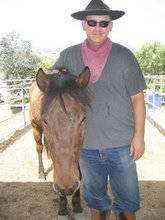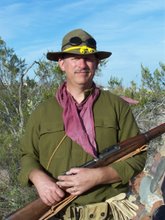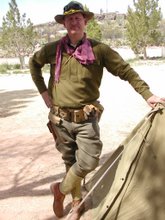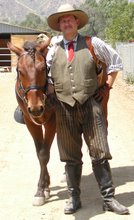Some 30 years ago, the Fulda Gap (pictured below) was one of the major avenues of advance for any potential Soviet/Warsaw Pact invasion of Germany. Today it looks peaceful and it's located in the middle of Germany but back during the Cold War, it had the potential to be one of the most bloody battlefield in modern times. Defending "the Gap" was the 11th US Cavalry.
The 11th Armored Cavalry was considered expendible, its real mission to buy enough time for the rest of NATO and elements of the US V Corps directly to the rear to assemble fro mtheir far-flun garrisons and forma viable defensive line. Less charitably, the 11th Cavalry was condidered a speed bump for any Warsaw Pact advance. Either way, it was expected that the 11th Cavalry wouldn't survive more than 48 hours, at the outside.
The 11th Armored Cavalry was considered expendible, its real mission to buy enough time for the rest of NATO and elements of the US V Corps directly to the rear to assemble fro mtheir far-flun garrisons and forma viable defensive line. Less charitably, the 11th Cavalry was condidered a speed bump for any Warsaw Pact advance. Either way, it was expected that the 11th Cavalry wouldn't survive more than 48 hours, at the outside.

Fulda Gap looking east.

Insignia of the 11th Armored Cavalry.
In an effort to provide timely reinforcements, the US created REFORGER (Return of Forces to German) where troops flown in from the US would merge up with pre-positioned equipment stored at various secure sites (aka POMCUS). Naturally the Soviets were well aware of the locations of the POMCUS sites so it's questionable how successful this would have been in a real war. To test things, every year from 1969 through 1993 NATO would put have a REFORGER Exercise. Below is a picture that was taken at one of the REFORGER exercises in the 1980s.











No comments:
Post a Comment